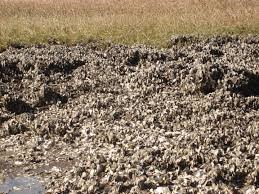
NPS As filter feeders, oysters are essential to keeping waters clean. An single adult oyster can filter up to 50 gallons a day, cleaning out nitrogen and other pollutants. Oyster beds absorb more than just water, they absorb force from boats waves and help to slow erosion on our shores. Studies on the oyster population on Fort George Island are helping us understand the benefits of a living shoreline. 
G.W. Tryon, Manual of Conchology vol. VIII pl. 78 # 34 Periwinkle snails are common in the salt marsh, gemma gemma are found there too. Shells of many marine bivalve mollusks can be found both on land and in water throughout the Preserve. |
Last updated: August 26, 2021
